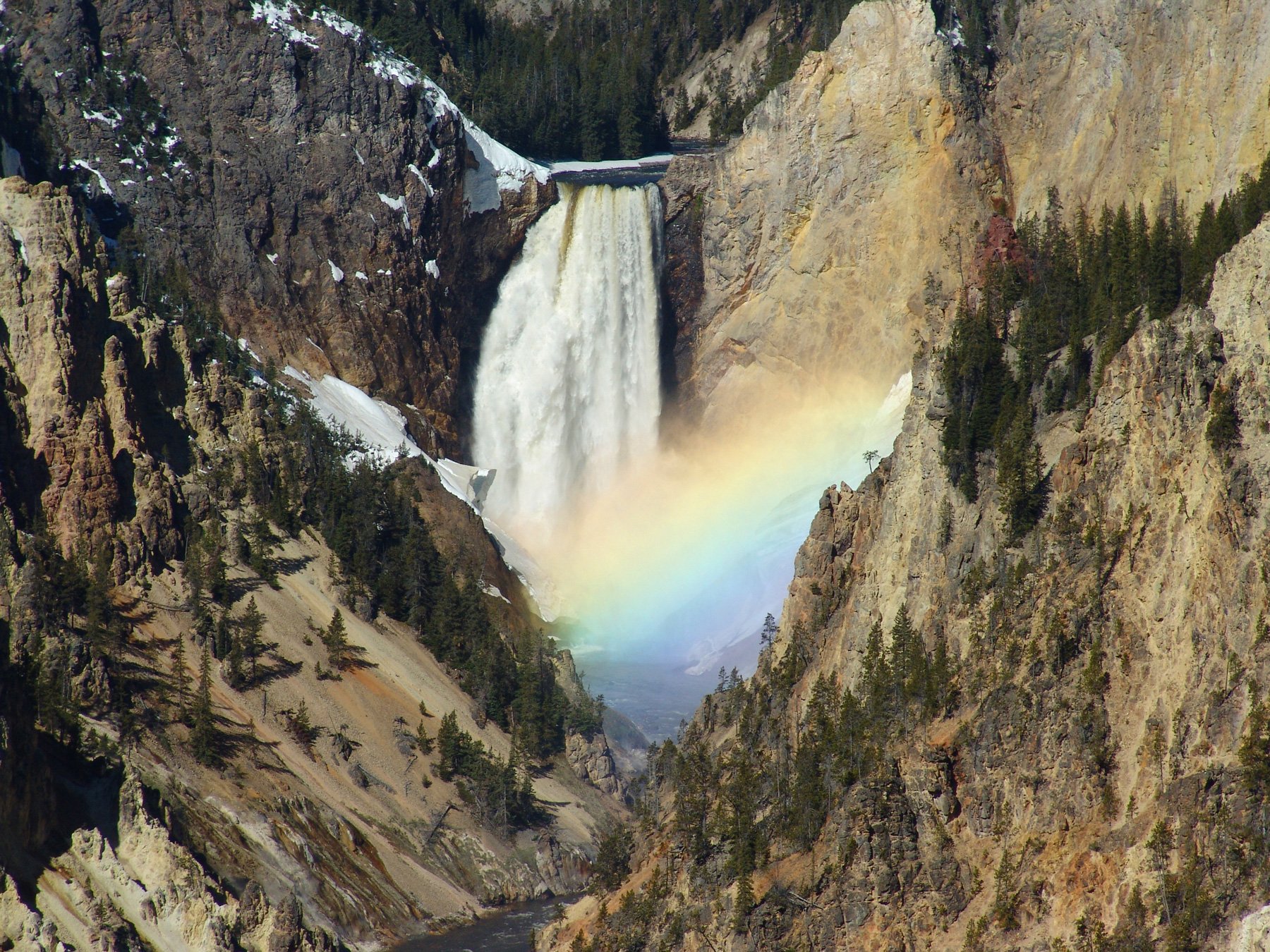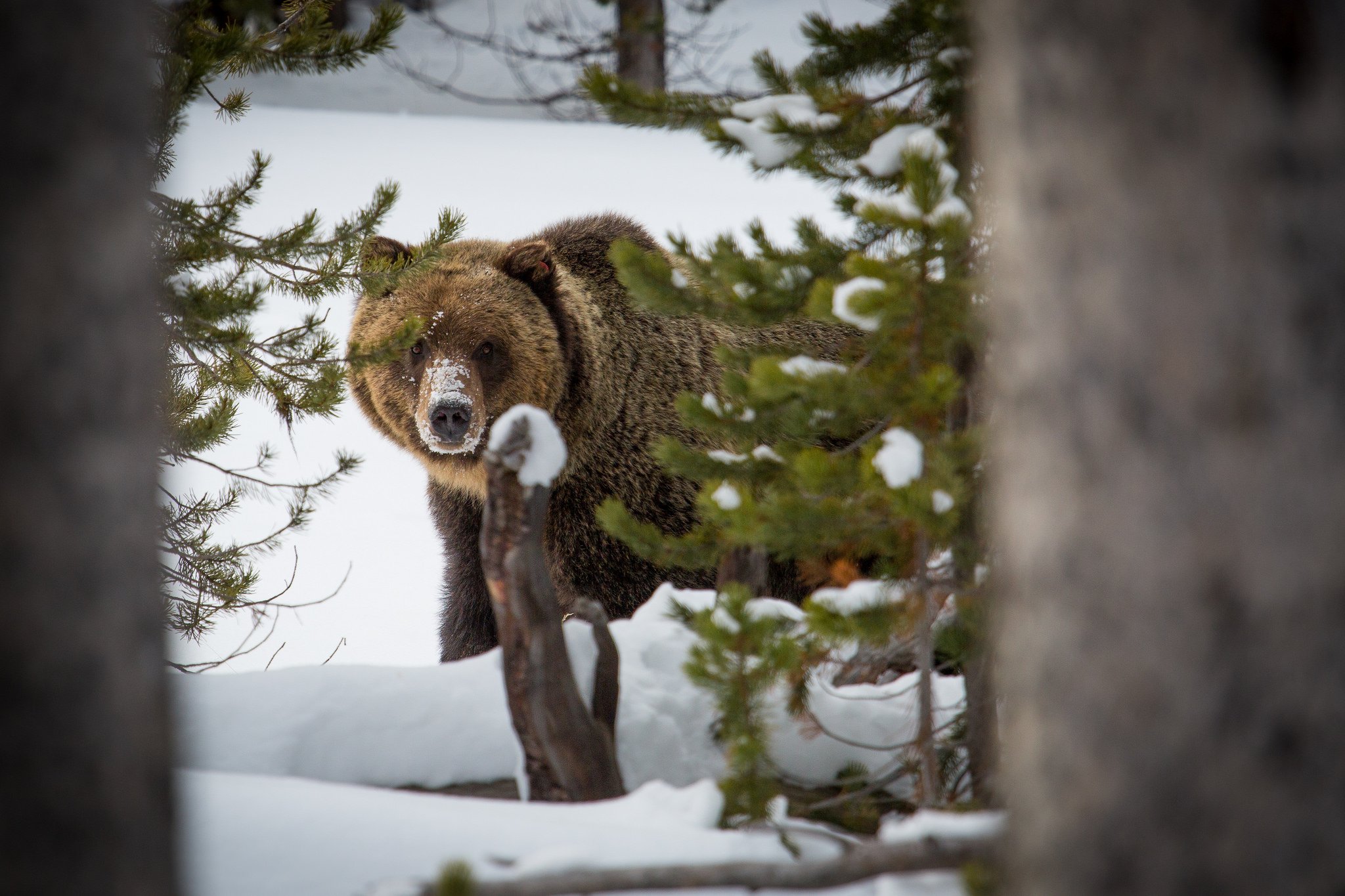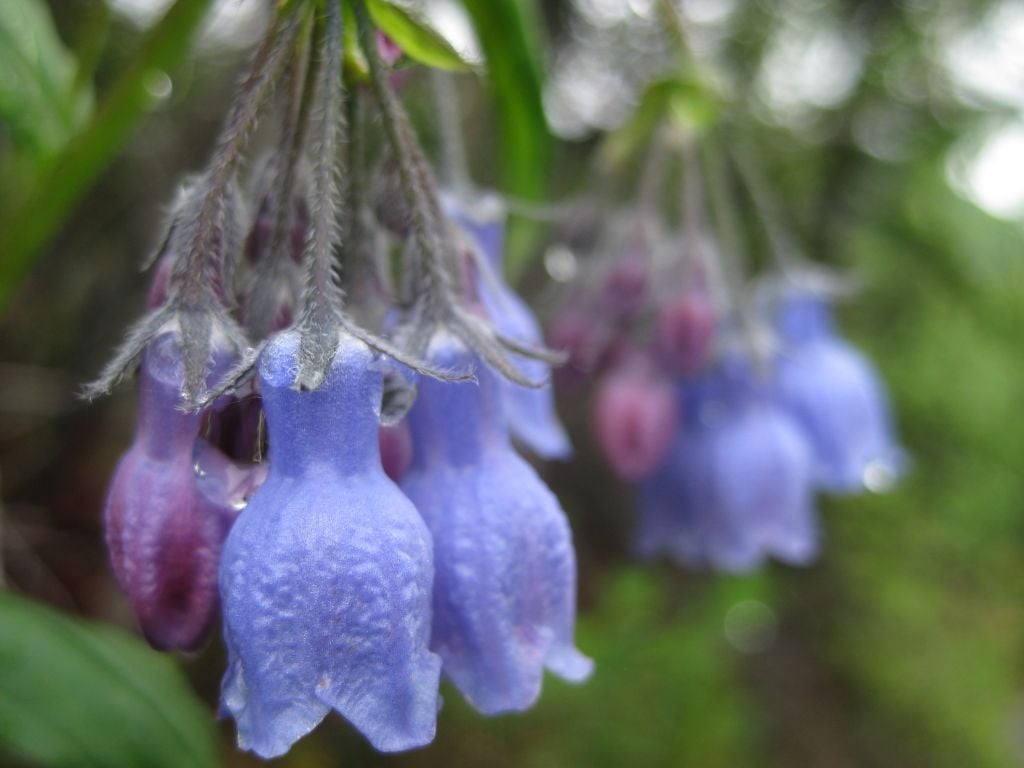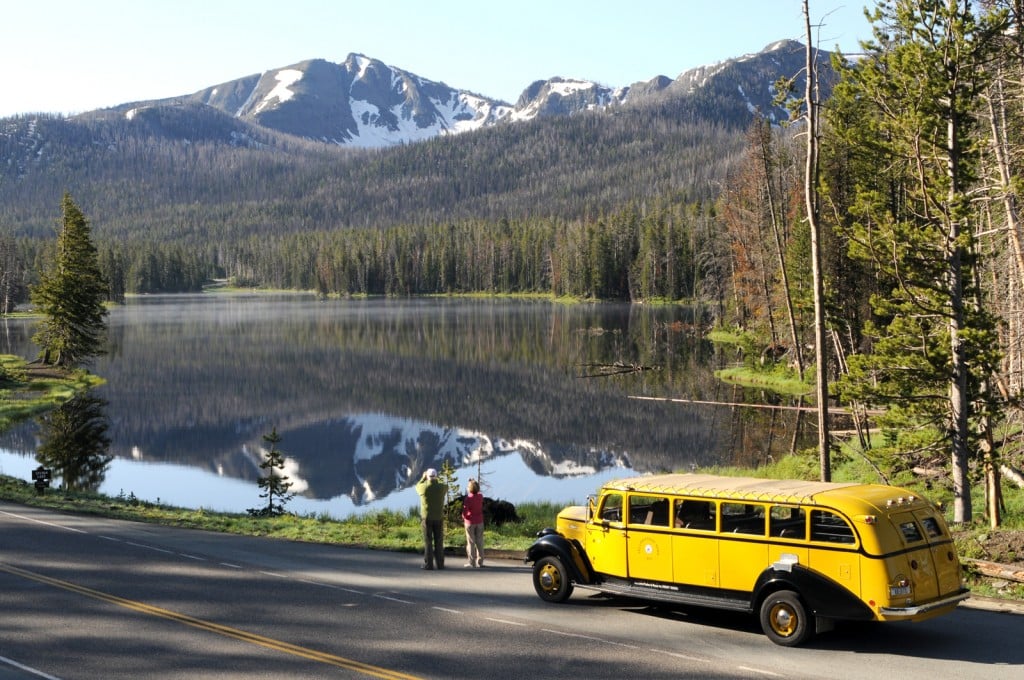Why Yellowstone in Springtime Will Make You Giddy
Springtime in Yellowstone
Ahh, spring. The ice thaws. The snow melts. And the winter dig-out begins. Bears, blooms, baby animals, and more await in the season of rebirth.
Come March, Yellowstone’s custom snowcoaches, those sturdy vehicles used to transport winter visitors, go back into storage. Crews get to work clearing snowpack from the park’s 322 miles of main and secondary roads, plus 125 acres of parking lots. And staff readies the park’s lodges to welcome visitors for another season.
Yellowstone’s roads begin reopening in late April in a rollout that typically ends in late May. Similarly, the park’s nine lodges gradually reopen. Here are some reasons why springtime in Yellowstone will make you giddy:
Baby Animals
Elk, bison, and pronghorn calves are born in April and May. You might even spot bear cubs wandering with their moms, especially in the Lamar Valley area. But take note: Mothers are protective of their young. Recalls Virginia Miller, lead instructor at the nonprofit Yellowstone Forever organization, visitors once got trapped in their cabin at Mammoth Hot Springs by a mother elk who had sheltered her baby under the porch. “Every time they tried to step outside, she charged them. Finally a security guard intervened.” The moral: Look before you exit.

Spring Runoff
Waterfall central is in the Grand Canyon of the Yellowstone, where the Yellowstone River sports three gushers. Prime among them is Lower Falls. At 305 feet high, it’s almost twice the height of Niagara Falls. In a typical spring, 63,500 gallons of water per second surge over the precipice, compared to just 5,000 gallons in the fall. Nearby are the smaller Upper Falls and Crystal Falls. Time it right, and you’ll see giant ice floes roaring under Fishing Bridge in the park’s Lake area, thanks to the spring thaw on Yellowstone Lake.

Bear Sightings
The best opportunity for seeing bears is in springtime. Male grizzlies come out of hibernation in mid-to-late March; females with cubs emerge in April to early May. That’s when they wander to lower elevations in search of winter-killed carcasses of elk and bison. “They’re also poking around eating flowers,” Miller says. “As summer comes, they go up higher. Food sources dictate where they hang out.”
All of Yellowstone is bear country, so practice bear safety. Stay 100 yards away from bears, stay alert, and carry bear spray.

Wildflowers
The spring bloom generally doesn’t occur until June. But bloomers like the striking sagebrush buttercup sprout early. And flowers like Monkey Flower, which favors the warmer geyser basins, add accents of pink and yellow to the landscape. In April, keep an eye out for buttercups, shooting stars, and pasqueflower. May brings about glacier lilies and bitterroot (the state flower of Montana)
Seasonal Packages
Special programs geared to spring visitors include the four-night Spring Wolf & Bear Discovery package, which includes guided hikes and whole lot more. It’s part of the Lodging & Learning partnership between Xanterra, the park’s concessionaire, Yellowstone Forever, which provides a guide.
Another package to consider is Spring into Yellowstone and includes 4 nights lodging, meals, and in-park transportation.

Washington, DC-based freelance writer Jayne Clark has been a travel reporter at USA TODAY and several other daily newspapers.
20180508
For A World of Unforgettable Experiences® available from Xanterra Travel Collection® and our sister companies, visit xanterra.com.
Want to experience Yellowstone in-depth? See what makes Yellowstone National Park a great place to work for a season or longer!